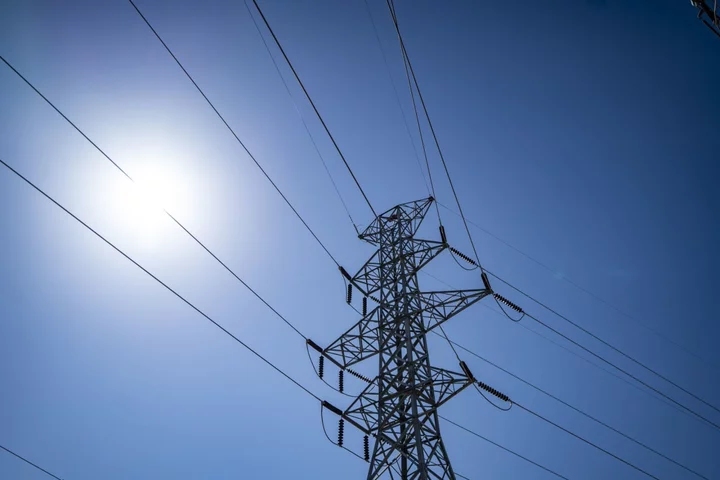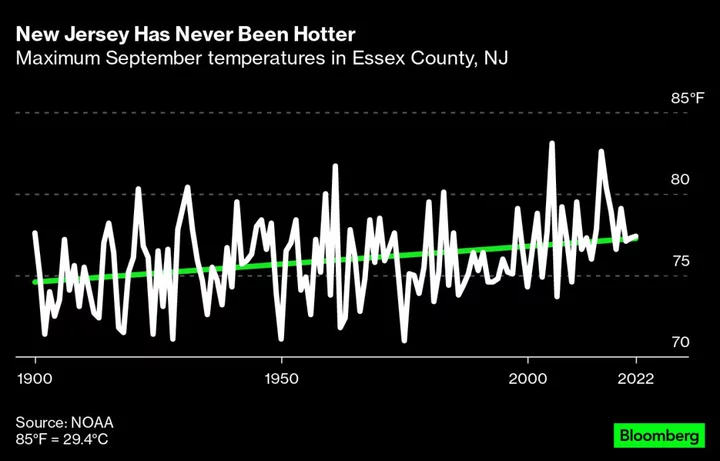A record-breaking heat wave is about to send temperatures soaring from California to the Gulf of Mexico, posing health risks and straining power grids for days to come.
Temperatures will topple daily records across California, Nevada and Arizona this weekend, hitting or nearing all-time highs in some areas, said Zack Taylor, a senior branch forecaster at the US Weather Prediction Center. To the east, heat will also push into Texas and along the Gulf Coast, where humidity will add to the misery.
“That is going to become extremely dangerous given the intensity and longevity,” Taylor said. “Even beyond this weekend we are looking at a continuation of this heat wave.”
Stifling heat set records last month across Texas and Mexico, taxing electric grids in both places as demand soared. The Electric Reliability Council of Texas, which operates the state’s grid, said demand reached an unofficial peak of 80.8 gigawatts on June 27 — and it says more all-time highs are possible this week.
Blistering weather hasn’t only been a problem for the US this week. Extreme heat is bearing down on Europe from Germany to the Balkans, putting pressure on the region’s energy and transportation systems as river levels drop.
It’s further evidence that climate change is raising temperatures and triggering heat waves that are more frequent and more acute. Extreme weather is withering crops, upending transportation networks and taking down electric grids. Factor in humidity, and it’s also testing the limits of human survival.
Read more: How Extreme Heat and Humidity Test Survival Limits: QuickTake
Excessive heat warnings and watches are posted across California, Nevada and Arizona, where temperatures could near 120F (49C) in some places, the National Weather Service said. To the east, heat advisories reach from New Mexico across Texas and in south Florida.
High temperatures in Dallas and San Antonio could reach 102F starting Wednesday, with humidity making it feel as high as 111, the National Weather Service said.
Temperatures are forecast to top 110F or higher across the Mexican states of Baja California, Sonora, Chihuahua, Coahuila, Nuevo Leon and Tamaulipas, according to Mexico’s national weather organization.
There is little in the forecast to suggest the heat will relax anytime soon, Taylor said. A large ridge of high pressure parked across the central US will keep the heat bearing down and deflect any storms that could come along to dislodge it.
The US Climate Prediction Center calls for a 50% to 80% chance heat will persist through at least July 24 and that Texas and South Florida could be stifling into August.
“The southern half of the US is going to experience a prolonged and persistent heat wave,” Taylor said.
--With assistance from Naureen S. Malik.
Author: Brian K. Sullivan









